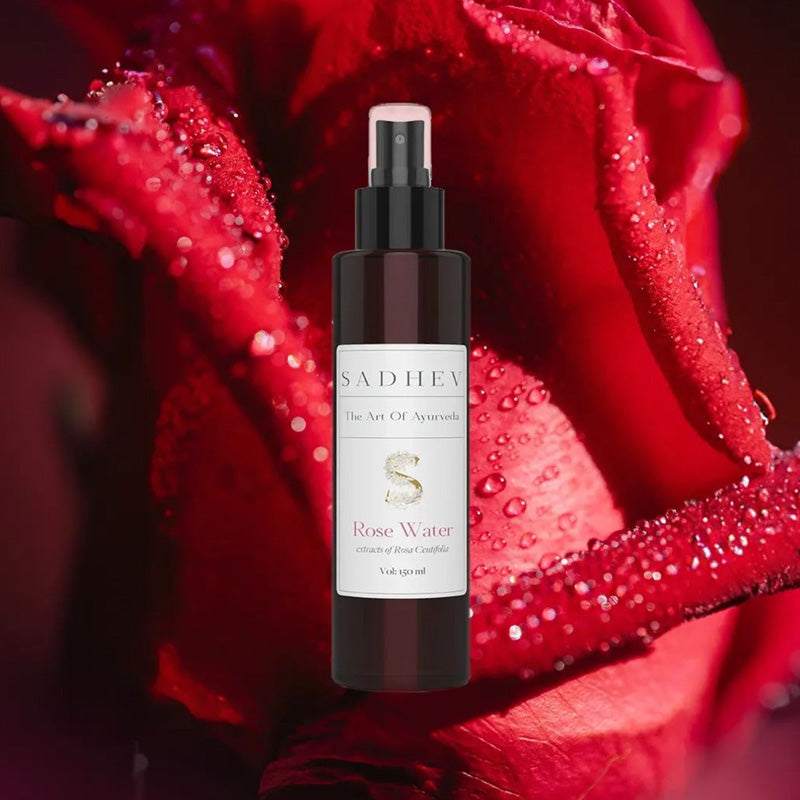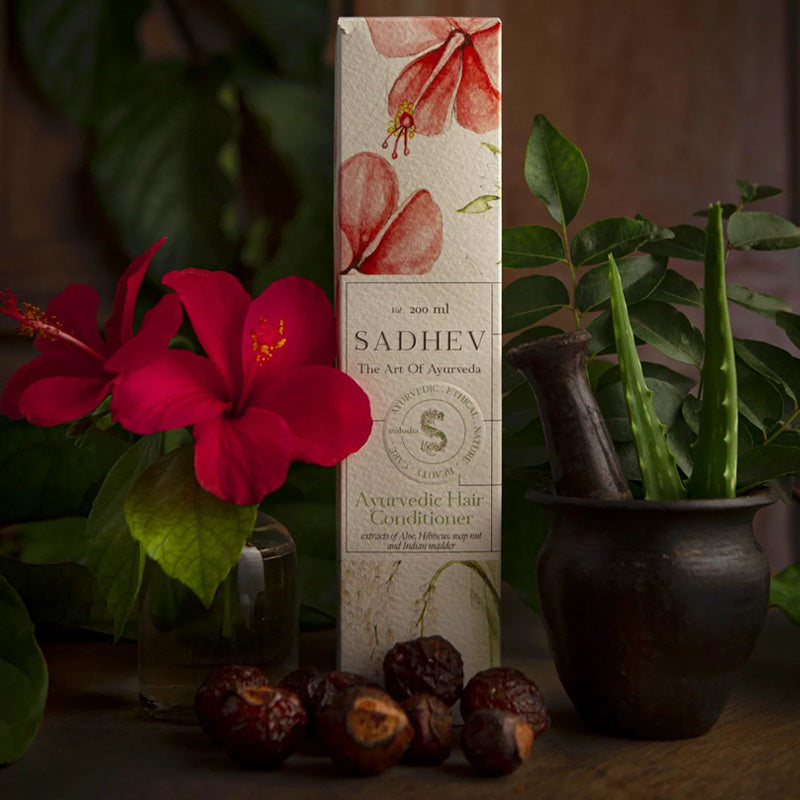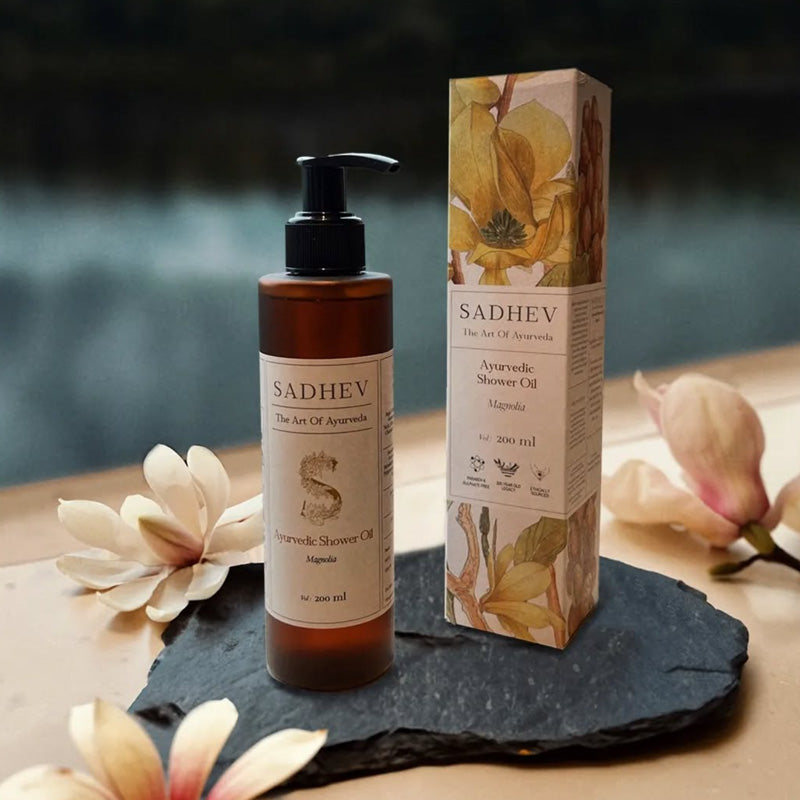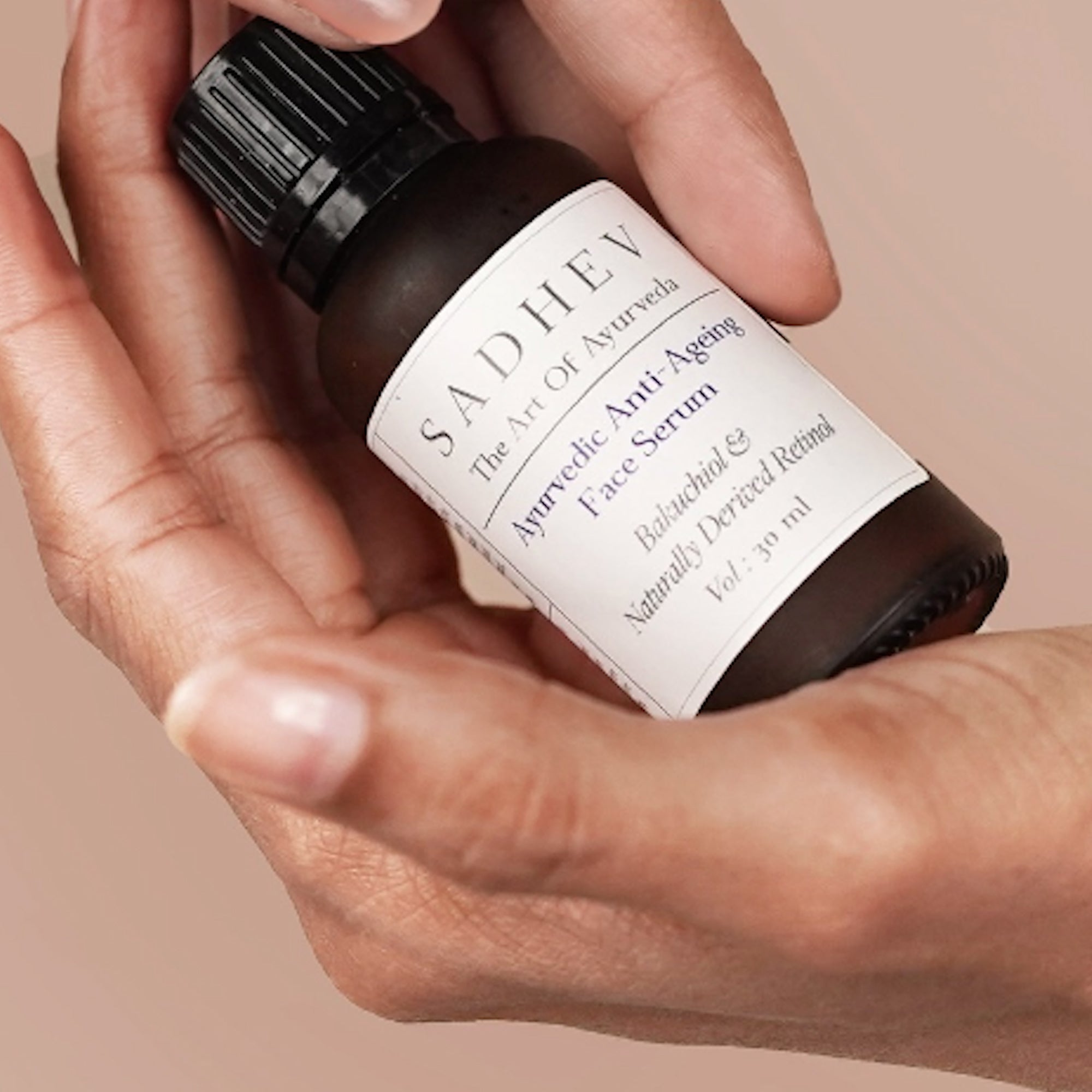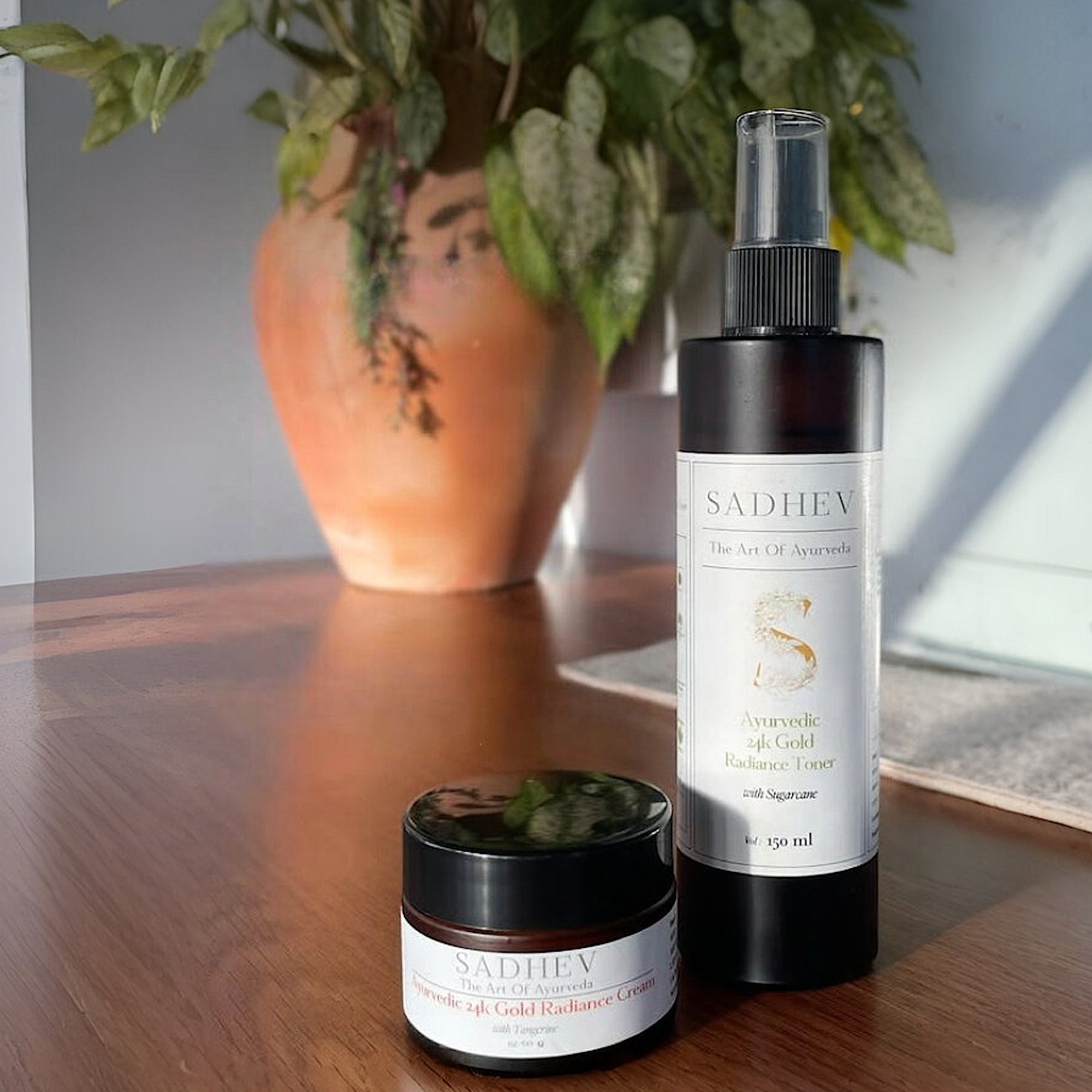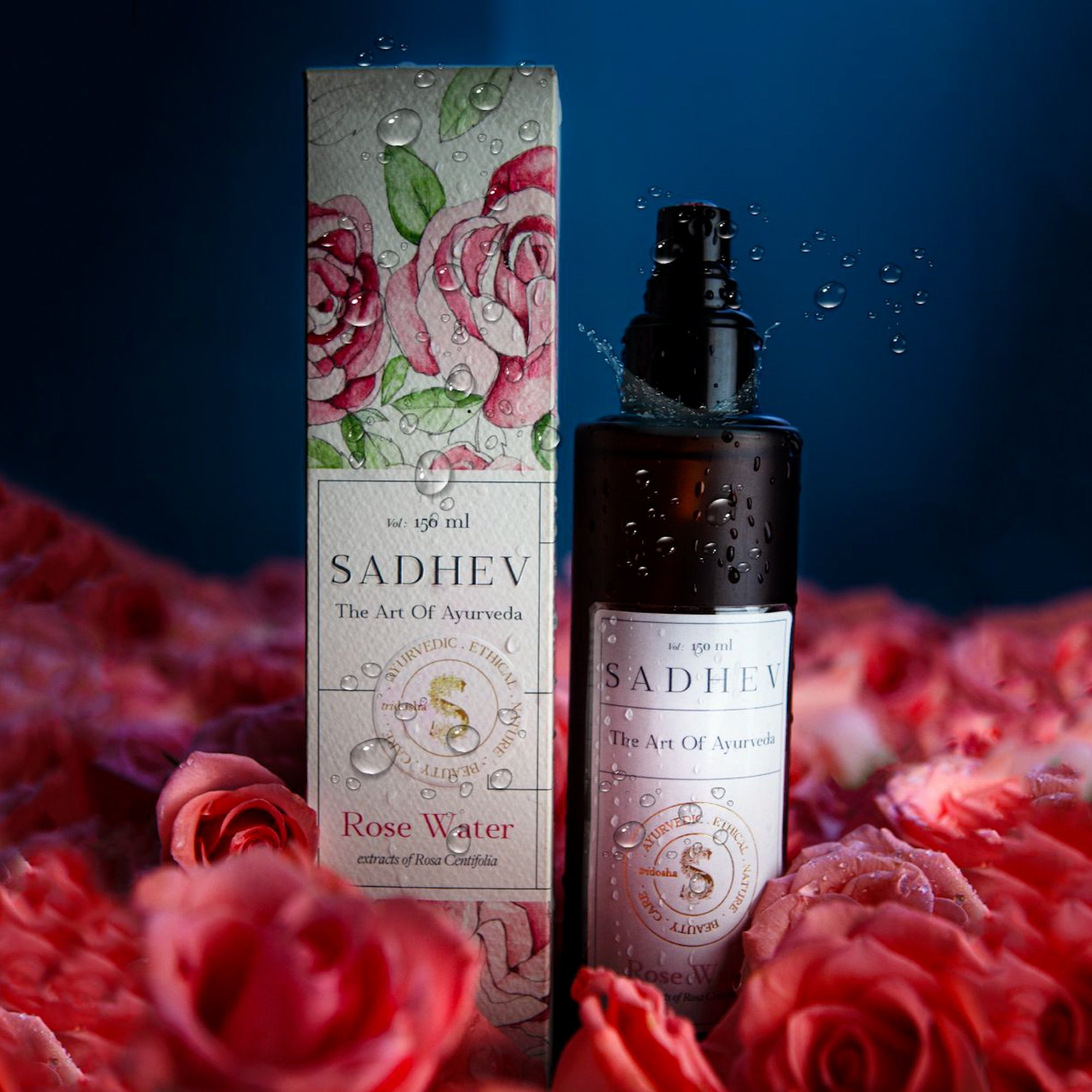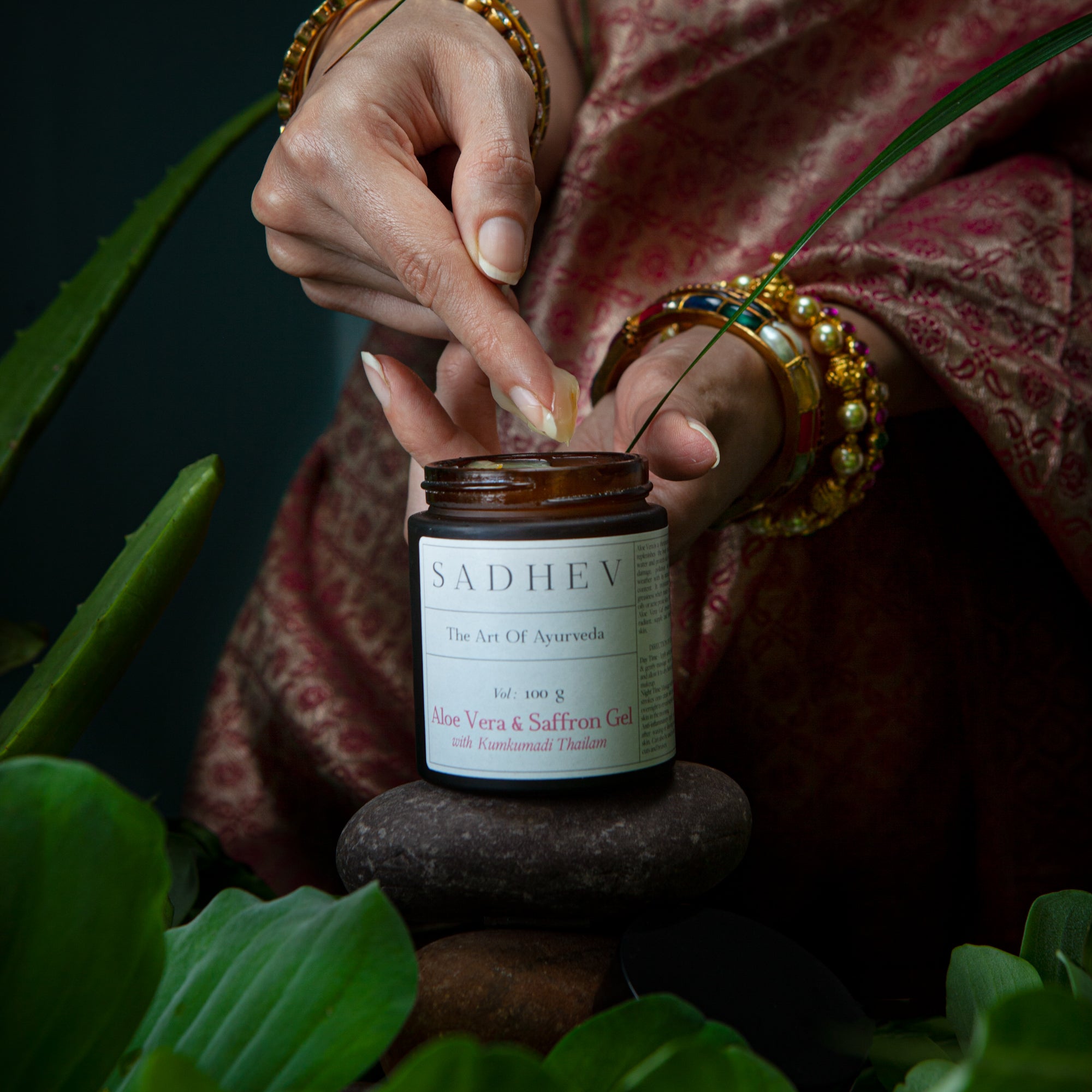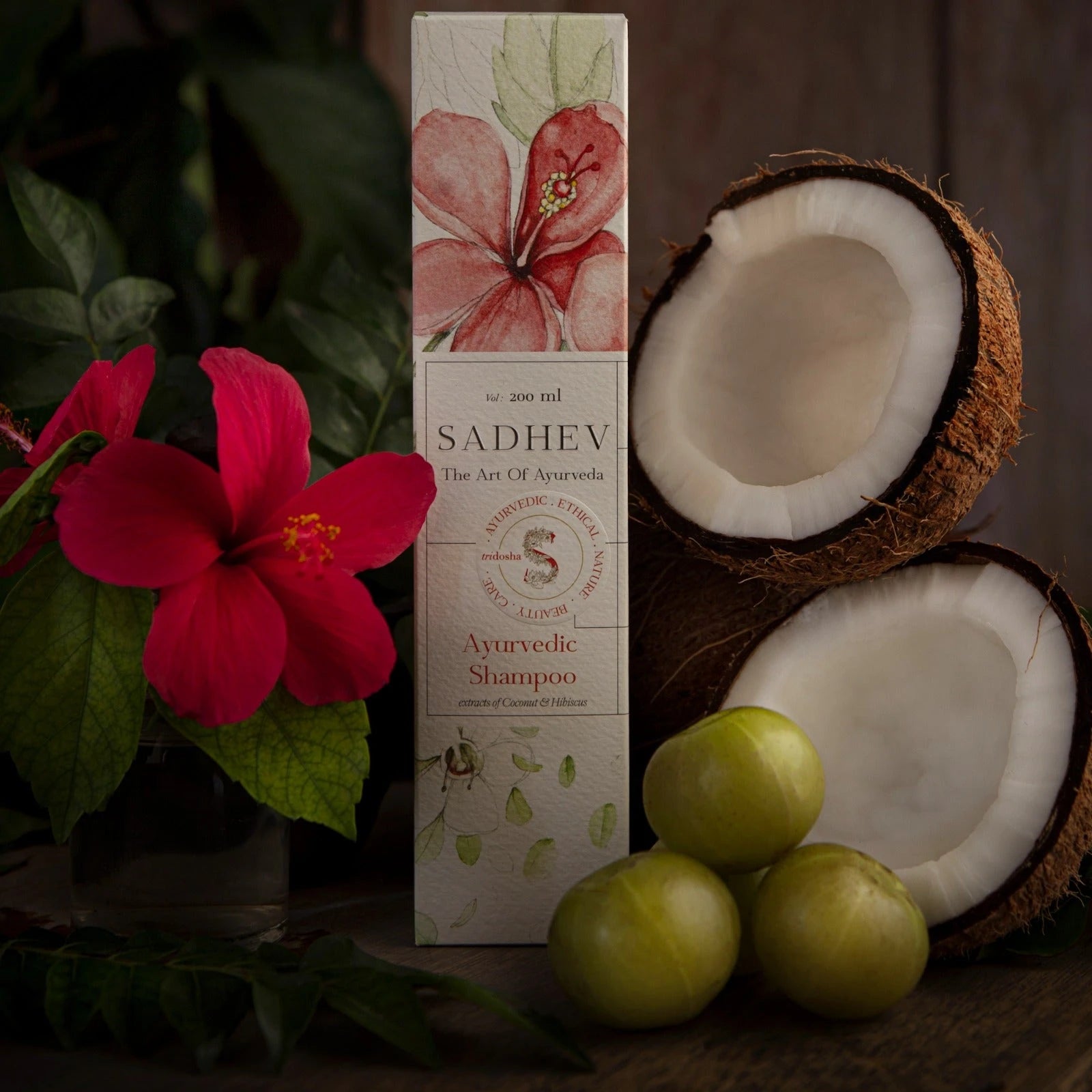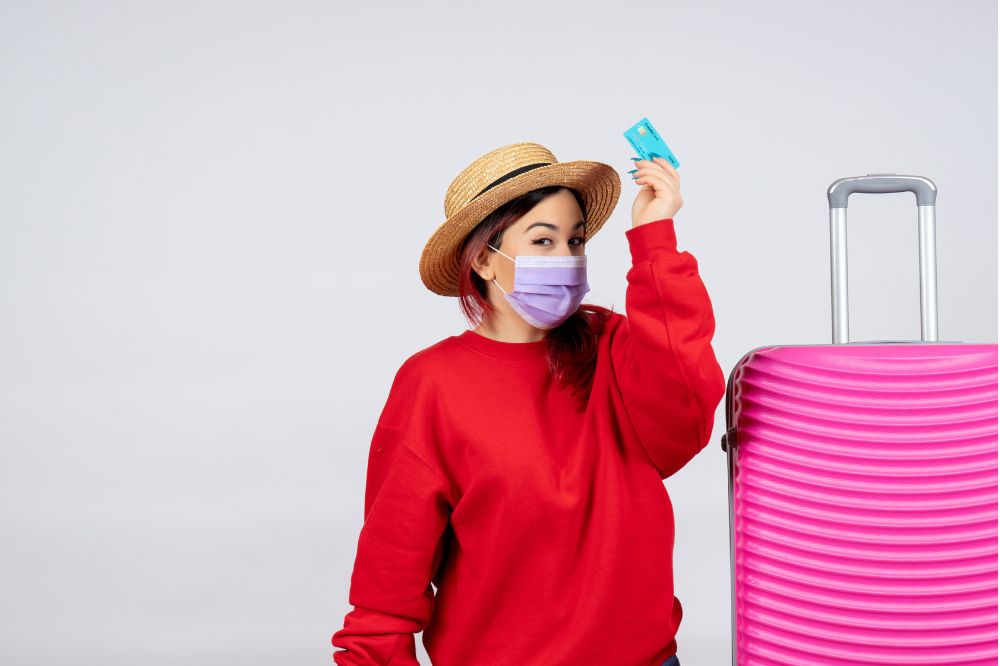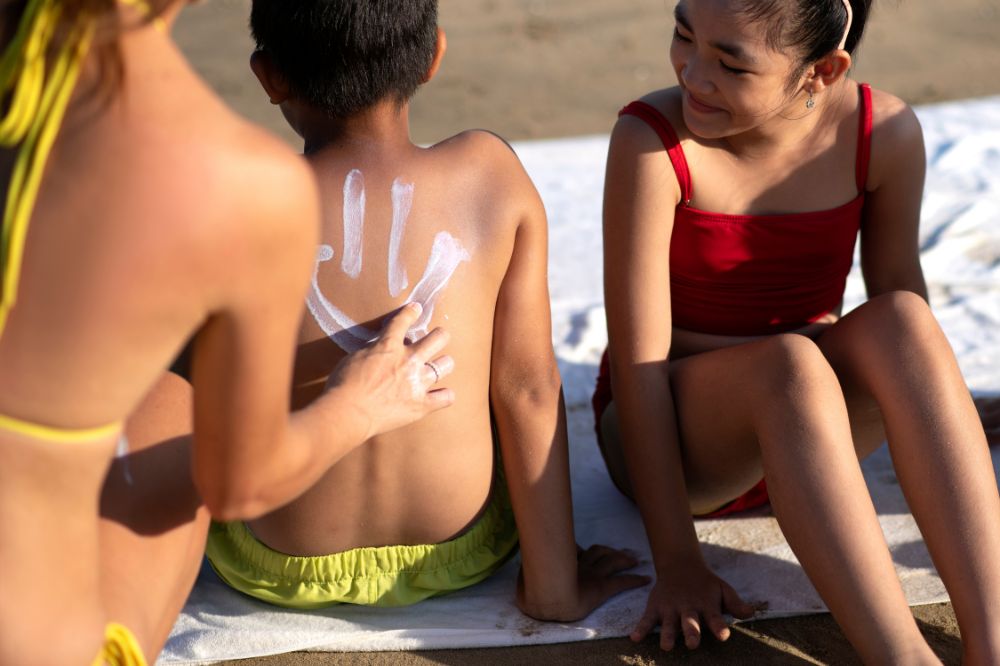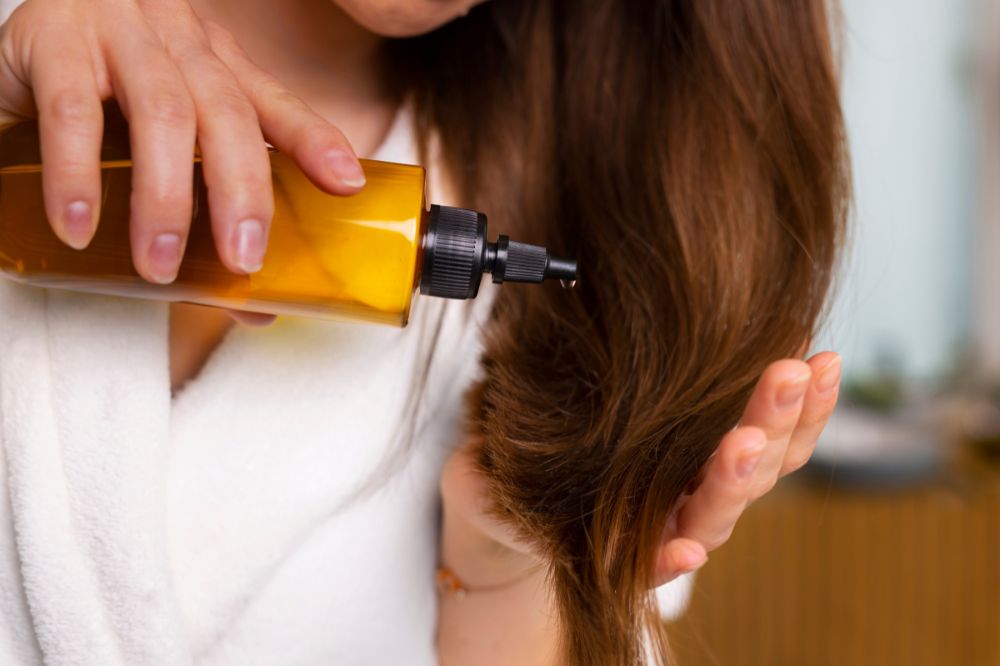6 Myths About Sunscreen
Myth 1: Sunscreen can only be used when out under the sun during Summer
Most people are under the impression that sunscreen can only be used when going out in the sun or just during summer months. But research suggests that although clouds try hard to block the visible sun rays, rays still manage to pass through the cloud and cause skin damage. Hence photo-protection is required as a shield to your skin. Sunscreens are such photo protectors that act as barriers and safeguard the skin. Everyone should use a broad spectrum sunscreen with an SPF of at least 30 all the time, indoors and outdoors, also when it rains. Anything below SPF 30 is a simple waste of your money and time. The sunscreen should be applied on all the areas of your exposed skin: face, neck, or hands. Just remember you can even get sun-burnt in the shade.
Myth 2: The only damage the sun can cause is a sunburn
A sunburn only lasts a couple of days, but the damage caused by UV rays can last a lifetime. There are two types of Ultraviolet rays that reach the earth’s surface and our skin-UVA and UVA. UVB rays are responsible for producing sunburn, and UVA rays cause deeper damage to the skin that can result in premature signs of aging like wrinkles and discoloration. Both UVB and UVA rays play a role in skin cancer formation, so broad spectrum sunscreen is the best skin care product to prevent being aged before time.
You can get a variety of sunscreen in the market ranging from chemical to physical sunscreens. Chemical sunscreen can tend to irritate some skin types and therefore, most of the skin experts advise people to shift to natural, organic and chemical free sunscreen as they are the safest. On the other hand, there are also sunscreens containing naturally occurring SPF ingredients such as Carrot seed oil, Raspberry seed oil, Indian madder, Madhuyashti or Liquorice which helps to fade blemishes and black spots formed on the skin. It also protects the skin from sunburns and tan. They act like an added bonus to your regular SPF. It also protects all the essential proteins of the skin like collagen, keratin and elastin that helps in keeping the skin smooth and healthy.
Myth 3: It leaves a white film on my skin
The reason for the chalky look is the excess amount of zinc oxide or titanium dioxide used in your sunscreen. Instead of doing away with sunscreens altogether, look for a sunscreen that has a perfect balance of zinc oxide as it is an excellent naturally occurring sunblock. With what most sunscreens skip on is observing that while zinc oxide is fundamental in every sunscreen, it is also important to formulate it in the right amount. Use a multitasking skin care product that can provide both hydration and sun protection formulated with SPF 30. To avoid the chalky look, you can apply it at least fifteen minutes before you head outside and thoroughly massage it into your skin, allowing the product to absorb and provide maximum protection.
Myth 4: I use a day cream with SPF, so I don’t have to use sunscreen.
If you are skipping the most important skin saving regime, you are unwittingly exposing your skin to harmful broad-spectrum UV rays. So according to the survey it is reported that many branded richly selling day creams that claim to offer protection from UV rays don’t contain the necessary ingredients. Even worse, if they do, they usually do not present it sufficiently. So before doing away with your sunscreen, think indefinitely. There must be a dedicated product no matter if you are layering products that have SPF incorporation in it. Never leave your home without applying sunscreen on top of your complete skincare routine. Think of it like a dessert – finish your skin with a touch of sweet sunscreen after every meal of skincare you have!
Myth 5: One application of sunscreen lasts the entire day
Most people think that their job is done after applying sunscreen in the morning. But in reality the sunscreen only lasts for a few hours. In fact it loses its effectiveness over a short period of time itself. People should typically reapply sunscreen every 2 to 4 hours at least to enjoy the maximum benefits.
Sunscreen, along with other precautions like taking a sufficient amount of water and covering your face with a scarf, dark shades can help in preventing issues like heat stroke and heat exhaustion. Sunscreen helps in preventing multiple skin related diseases. While buying a sunscreen just keep in mind the SPF value, your skin type, broad spectrum of protection, water and sweat resistance. It is also better if it is natural and organic because some chemical sunscreens can make your skin more sensitive and can also give you very serious allergic reactions. So select wisely!
Myth 6: All sunscreens are the same
There’s more than one way to treat a particular thing. Haven’t we heard this often? Similarly, there is more than one way to prevent sun damage. Sunscreen has various filters and they are formulated keeping in mind the different skin concerns. There are some sunscreens that contain zinc oxide and titanium oxide that physically block the sun rays which is better. On the other hand, there are some sunscreens containing avobenzone that essentially absorb all the sunrays instead of blocking it. Then there are sunscreens that widely vary in terms of formulations, that is, some are oil based, some are gel based or some are cream based.
You cannot stop looking at variety in a sunscreen shop. With sunscreen having strong sunblock ingredients, often the ones that have natural ingredients incorporated wins the race. It is true because the natural ingredients are comparatively lighter that balances the entire product. If you opt for a sunscreen that is heavily invested with other chemical or artificial actives; you are eventually choosing to harm your skin in the long run. Hence, a sun block paired with organic ayurvedic ingredients must always be preferred!

































